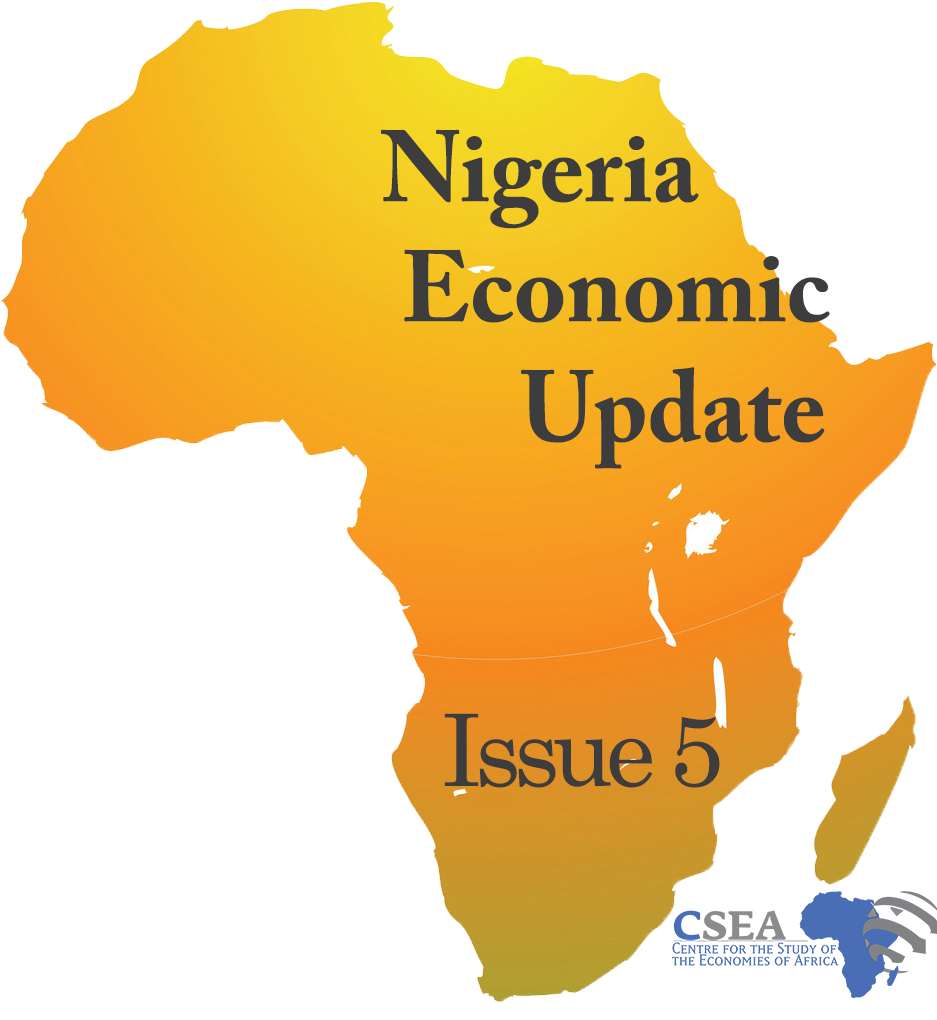States’ Internally Generated Revenue (IGR) declined in the third quarter 2018, replicating the same downward trend as seen in the previous quarter. IGR dropped to N264.38 billion in 2018Q3, compared to N279.78 billion generated in the preceding quarter – down by 5.5 percent1. The recently released IGR report by the NBS also shows that 20 states generated less revenue during the quarter (including the FCT), and only 17 states recorded growth in IGR. Reductions in Pay-As-You-Earn (PAYE) Tax, Direct Assessment, Road Taxes and revenues from Ministries, Departments and Agencies (MDAs) prompted the overall decline. In order to expand the tax base thereby improving tax revenues, a special focus should be given to harnessing the informal sector into the tax net.
Macroeconomic Report & Economic Updates

February 25, 2019
Nigeria Economic Update (Issue 5)
States’ Internally Generated Revenue (IGR) declined in the third quarter 2018, replicating the same downward trend as seen in the previous quarter. IGR dropped to N264.38 billion in 2018Q3, compared to N279.78 billion generated in the preceding quarter – down by 5.5 percent1. The recently released IGR report by the NBS also shows that 20 […]
Read →
Related
Nigeria Economic Update (Issue 18)
Recent Data released by the Nigeria Bureau
of Statistics reveals an increase in total public debt stock between 2015 and
2016. Foreign and domestic debt stock stood at $11.4 billion and N14.0 trillion
respectively as at December 2016, from $10.7 billion and N10.5
trillionrecorded as at December 2015. Disaggregated
data shows that foreign debt sources comprised Multilateral ($8.0 billion),
Bilateral ($0.2 billion) and Exim bank of China ($3.2 billion); domestic
sources included government bonds, treasury bills and bonds. The federal
government and states accounted for 68.7% and 31.3% respectively of foreign
debt stock; 78.9% and 21.1% respectively of domestic debt stock. This maybe
particularly at the backdrop of government borrowings in 2016 to finance its
expenditure (mostly recurrent).
